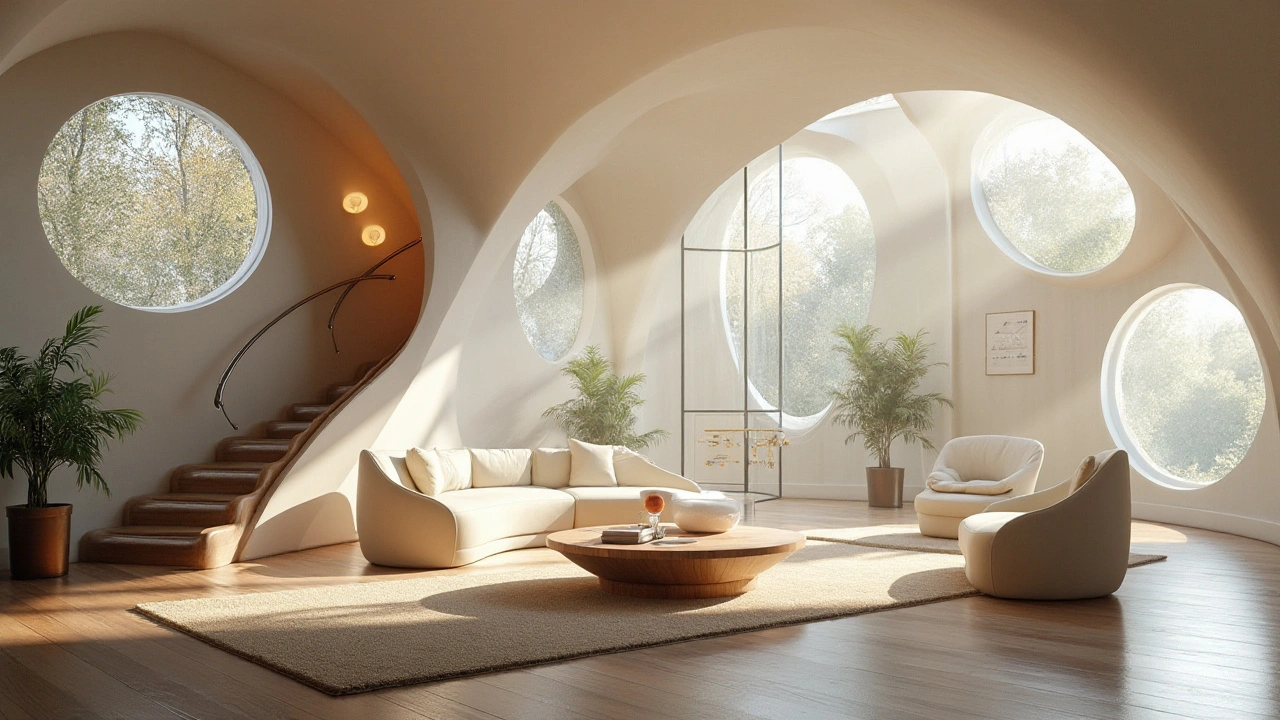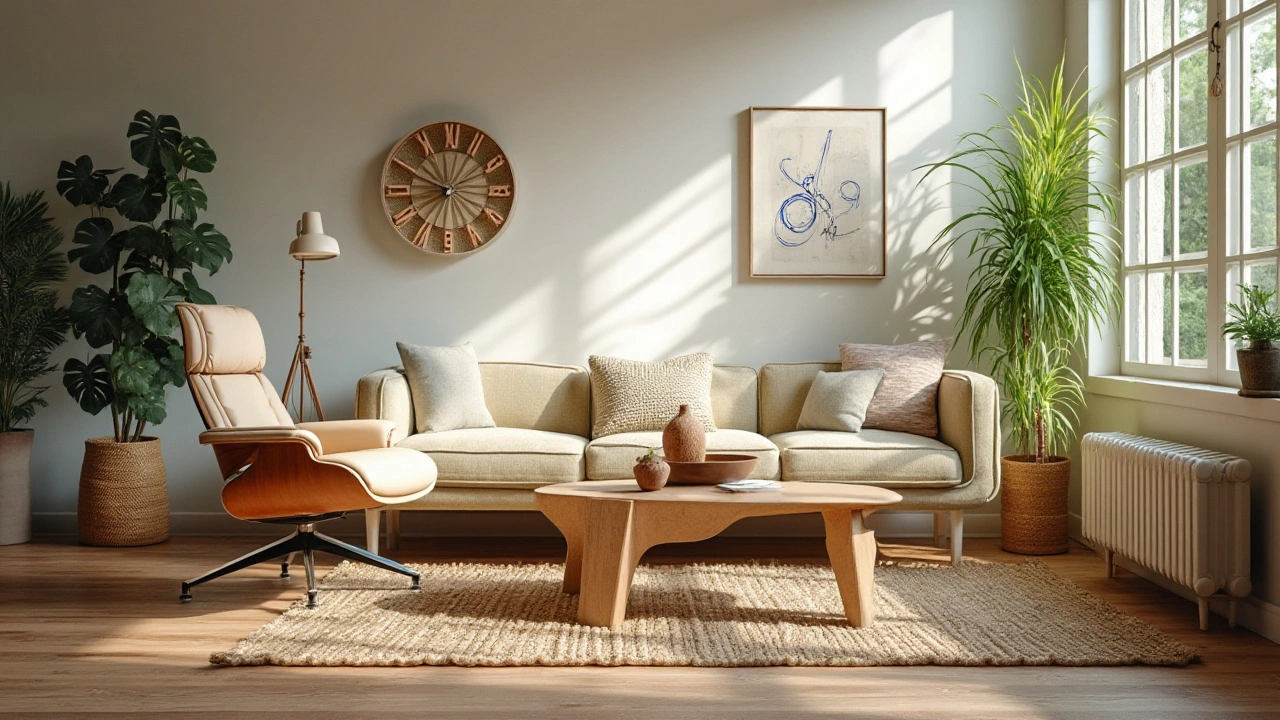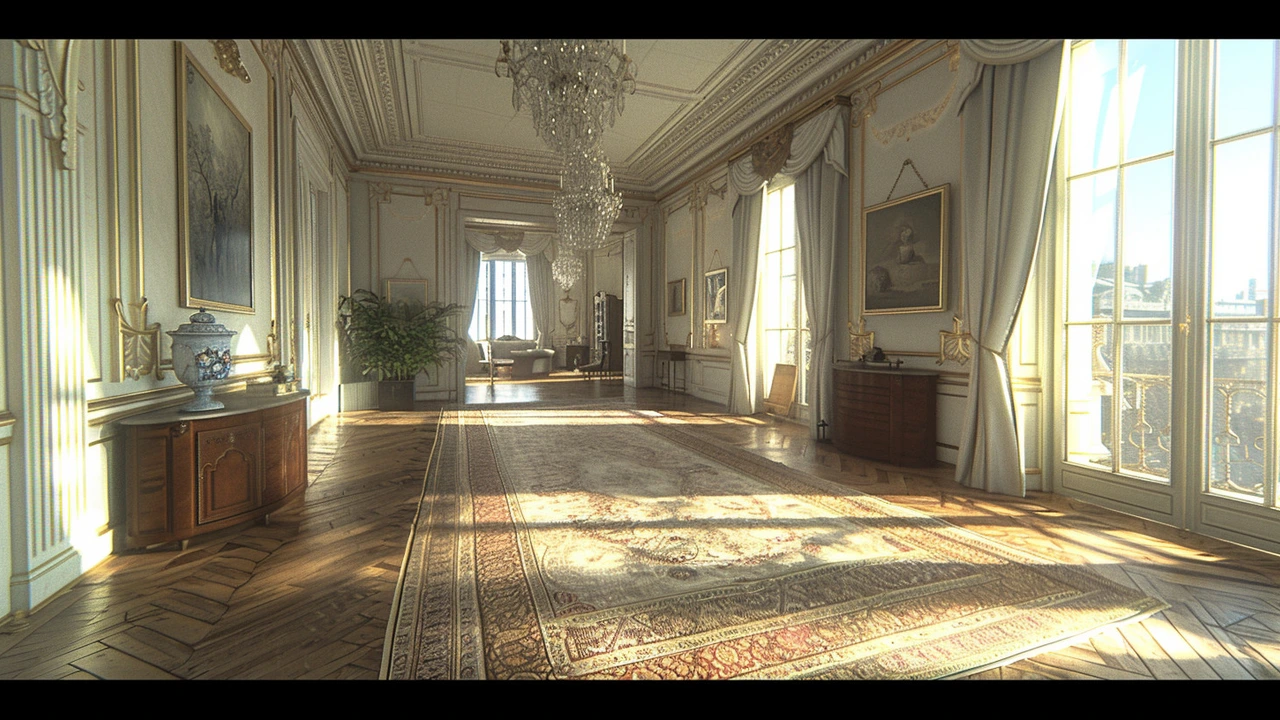Home Decor: Practical Ideas Inspired by Architecture
Want a home that feels thoughtful, not random? Use architecture as your cheat sheet. The way a building is made—its lines, light, and history—gives you ready-made rules for decorating. You can borrow big ideas from Roman arches, Craftsman woodwork, or minimalism and turn them into simple changes that make a room work and feel right.
Start with structure, not stuff
Look at your room like a mini building. Where does the light come from? What’s the tallest feature? Do you have a fireplace, a high ceiling, or crown molding? Use those fixed elements to set the tone. If you have tall windows, keep window treatments light and vertical to emphasize height. If your room has chunky wood beams or Craftsman trim, lean into warm, natural finishes and simple furniture that matches the scale.
Match furniture size to architectural scale. Small furniture in a grand room feels lost. Big sofas in tiny spaces make movement hard. Measure first. Pick one major piece to anchor the room—a sofa, bed, or dining table—then add supporting pieces that let people move freely.
Mix old and new with a plan
Mixing styles can look messy without rules. Pick a dominant style tied to your home’s bones—Victorian, mid-century, Greek Revival—and use it as the base. Add one contrasting element to keep things fresh: a modern light fixture in a traditional room, or an ornate mirror in a minimalist space. Repeat that contrasting element at least twice so the room feels intentional, not accidental.
Color is an easy unifier. Choose a palette of three to four colors: a main neutral, a mid-tone, and one or two accents. Use the neutral on big surfaces—walls and major furniture—then layer the mid-tone and accents through cushions, rugs, and art. If your home has historic plaster or woodwork, pick paint colors that complement, not hide, those features.
Small changes give big returns. Swap out hardware on cabinets, add trim to plain doors, or replace a tired light shade. These are cheap, low-effort moves that nod to architecture and make rooms feel cared for.
Lighting matters more than most people think. Layer lighting: bright overheads for tasks, softer side lamps for mood, and a focused light for reading or art. Dimmers let you tune the feel for dinner, work, or lazy afternoons.
Finally, edit like you’re an architect finishing a project. Keep surfaces readable—don’t crowd tables or mantels. Edit collections into small groupings so each object gets noticed. Plants, framed prints, and one sculptural piece per room gives life without clutter.
Use these quick rules—work with structure, match scale, pick a dominant style, add a repeat contrast, and edit ruthlessly—and you’ll have a home that looks coherent, personal, and effortless.

Exploring Neo-Futurism: The Latest in Interior Design Innovations
Neo-Futurism is paving the way for a new era of interior design trends, characterized by a harmonious blend of technology, sustainability, and artistic expression. It emphasizes fluid architectural forms, eco-friendly materials, and smart home integrations to create spaces that reflect a futuristic vision. This article explores the fascinating elements of neo-futurism, offering insights and practical tips for incorporating these modern concepts into your home decor. From integrating AI technology to choosing sustainable furniture, neo-futurism provides an innovative blueprint for transforming living spaces.
Read more
Mid-Century Modern's Impact on Sustainable Home Design
The appeal of mid-century modern design goes beyond its sleek lines and iconic furniture; it holds a significant role in today's sustainable design movement. By emphasizing function, simplicity, and the use of natural materials, mid-century modern principles align seamlessly with eco-friendly practices. This style encourages both durability and an appreciation for craftsmanship, making it a perfect fit for sustainable living. This article explores how mid-century modern approaches can be applied to create greener, more sustainable homes today.
Read more
Revive Your Space with Rococo Style: The Art of Ornate Home Decor
Transform your home into a bastion of sophistication by infusing Rococo's elegance into your decor. This article guides you through the journey of incorporating the opulent and detailed Rococo style, providing both historical insights and practical tips. From lush ornamental designs to soft pastel hues, learn how to integrate the whimsical charm of the 18th century into your modern home. Whether you're an avid admirer of historical aesthetics or simply seeking to add a sprinkle of grandeur, embracing Rococo in your home decor offers an experience in luxury.
Read more